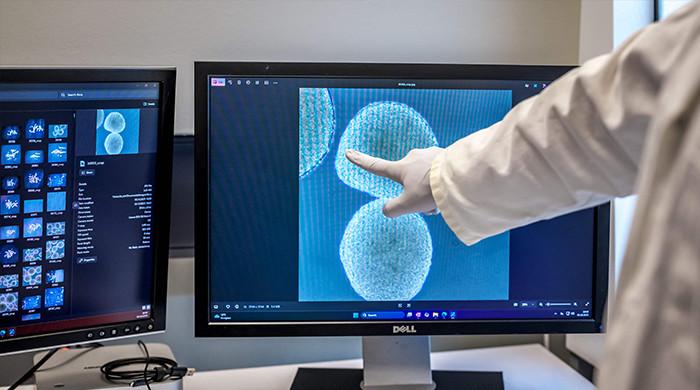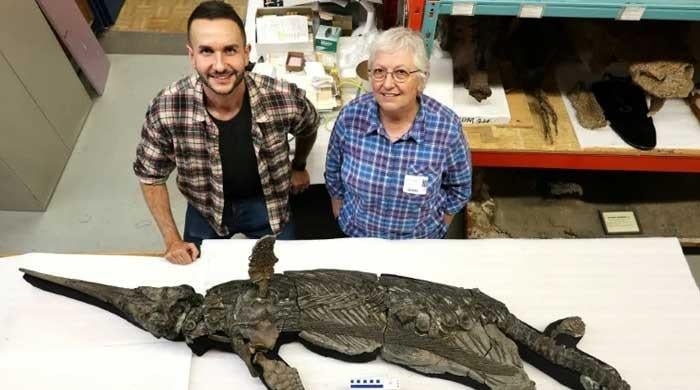UK's 2,000-year old Cambridgeshire corpse not a mystery anymore — Thanks to DNA sleuths
British scientists decoded ancient DNA from a well-preserved inner ear bone
December 20, 2023
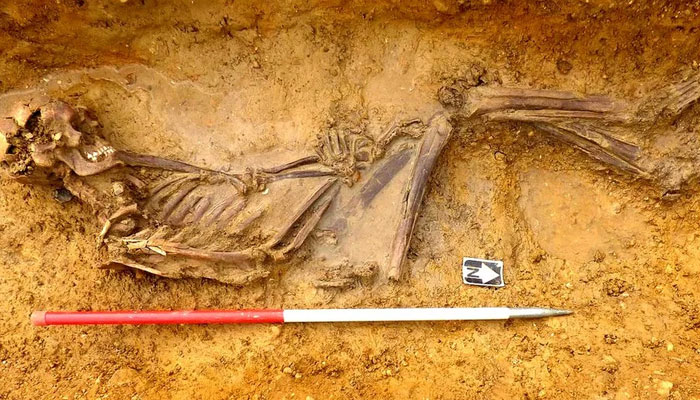
In a groundbreaking study, DNA analysis has unravelled the story of a young man born 2,000 years ago, shedding light on a pivotal chapter in Roman Britain's history.
Discovered during road improvement excavations in Cambridgeshire, the well-preserved skeleton, named Offord Cluny 203645, belonged to a member of the nomadic Sarmatian group—the first biological evidence of their presence in Britain's rural areas.
Scientists, using advanced techniques at the Ancient Genomics Laboratory, Francis Crick Institute, decoded Offord's ancient DNA from a well-preserved inner ear bone.
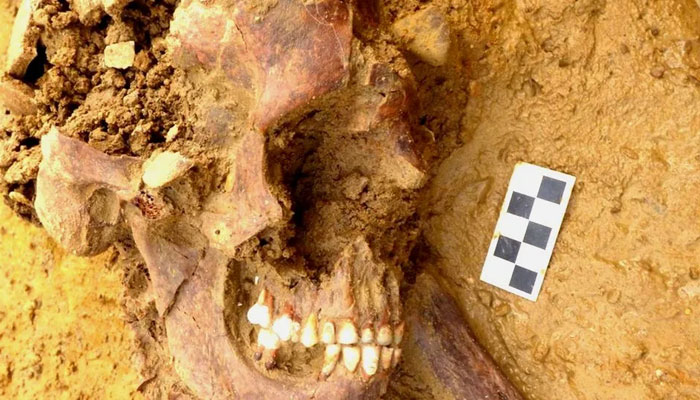
Dr Marina Silva explained the challenges of working with fragmented and damaged DNA but highlighted their success in revealing genetic distinctions from other Romano-British individuals.
The analysis traced Offord's dietary evolution, indicating the shift from millets and sorghum grains, abundant in the Sarmatian region, to wheat found in western Europe. This dietary transition, coupled with chemical analysis of teeth, confirmed Offord's journey to Britain during his lifetime.
Professor Janet Montgomery emphasised the significance of dental analysis, comparing it to tree rings, capturing snapshots of the individual's diet over time. Offord's changing consumption patterns suggested migration from the Sarmatian region to Britain.
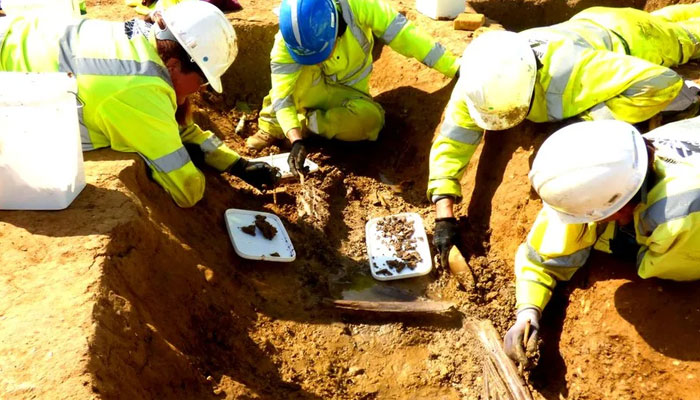
Historical records hinted at Offord's potential connection to the Sarmatian cavalry, which integrated into the Roman army in Britain. DNA evidence corroborated this historical context, marking a milestone in understanding societal dynamics in Roman Britain.
Dr Alex Smith of MOLA Headland Infrastructure, leading the excavation, noted the transformative impact of DNA and chemical analysis, highlighting the increased mobility not only in urban but also in rural areas during the Roman period.

Dr Pontus Skoglund, head of the ancient genomics laboratory at the Crick, underscored the technology's role in reshaping perceptions of the Roman and later periods, expanding our comprehension of ancient societies.







